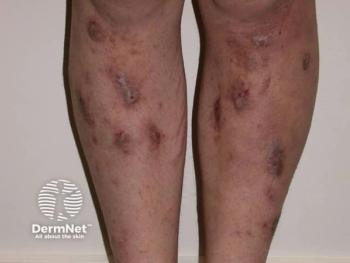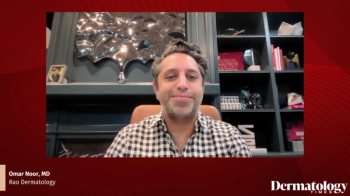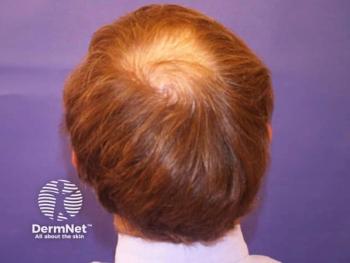
Differential wound types require different modes of therapy
National report - There are different types of cutaneous wounds with varying degrees of depth; therefore, there are also various methods to treat these wounds.
National report - There are different types of cutaneous wounds with varying degrees of depth; therefore, there are also various methods to treat these wounds.
Various cutaneous wounds
Partial thickness wounds are best treated via moist wound healing or occlusive dressings.
Venous leg ulcers should always be handled with compression using multilayered elastic bandages, he explains, and the use of adjuvant oral agents such as Trental or aspirin, two oral adjuvants effecting vasodilatation.
Diabetic foot ulcers on the other hand should be handled with offloading as well as the all-important regular debridement, Dr. Kirsner says.
Pressure ulcers logically need to be treated via pressure relief. Here, he says nutrition plays a very important role in a speedy recovery of the wound.
Liquid adhesive bandages are used for minor cuts and abrasions and have proven to be very helpful and effective in wound closure. Products like Dermabond (2-octyl cyanoacrylate, Ethicon), a topical skin adhesive, or Band-Aid liquid bandage (Johnson & Johnson), are used every day in dermatological wards and private practices with great success, Dr. Kirsner says. He adds, these bandages are also extremely effective in achieving almost immediate hemostasis.
Similar methods including novel cyanoacrylates and hydrocolloids for moist wound healing of partial thickness wounds have also proved themselves on the front lines of wound healing and wound closure.
Factors in healing
Dr. Kirsner says, "There are other important factors involved in wound healing that, at first, may not seem as paramount, but do play a vital role in the speed of wound closure."
Stress impairs wound healing by as much as 40 percent, for example.
"The mechanism appears to be straightforward, as stress impairs healing through decreased cytokine levels. Stress causes higher levels of cortisol in the body, reducing cytokine levels, which in turn retards healing," Dr. Kirsner explains.
Therefore, he strongly recommends that, before any procedure, patients should be as stress free as possible for better procedural results.
Clinically, studies have shown that the speed of wound healing is significantly better in the young compared to the elderly. Yet interestingly enough, scarring is better in middle age patients as opposed to young patients or patients receiving hormone replacement therapy (HRT).
Aged patients have delayed healing and less scarring than young patients or aged matched patients taking hormone replacement.
Wounds heal faster with the use of estrogen patches in both elderly men and women.
"Systemically adding hormone replacement therapy (Premarin tablets, Wyeth) or operating through an estrogen patch may lead to a faster healing of full thickness wounds," Dr. Kirsner says, "but for attaining a better cosmetic outcome, the hormone replacement therapy should be stopped and some physicians have found adding tamoxifen helpful in improving cosmetic outcome."
There are several medical therapies that can be applied directly to open wounds when considering the treatment of venous leg ulcers and diabetic foot ulcers. These include silver - an older yet effective therapy made modern by the use of silver-releasing dressings (SilvaSorb or Arglaes Island) and tissue engineered skin being the at the forefront of the battle for wound closure.
Tissue engineered skins like Apligraf (Novartis) is approved and used for both venous leg ulcers and diabetic foot ulcers. Dermagraft (Smith & Nephew) is used for diabetic foot ulcers, dystrophic epidermolysis bullosa, but recent failure to attain approval for venous leg ulcers has made the future of this product tenuous.
Newsletter
Like what you’re reading? Subscribe to Dermatology Times for weekly updates on therapies, innovations, and real-world practice tips.


















